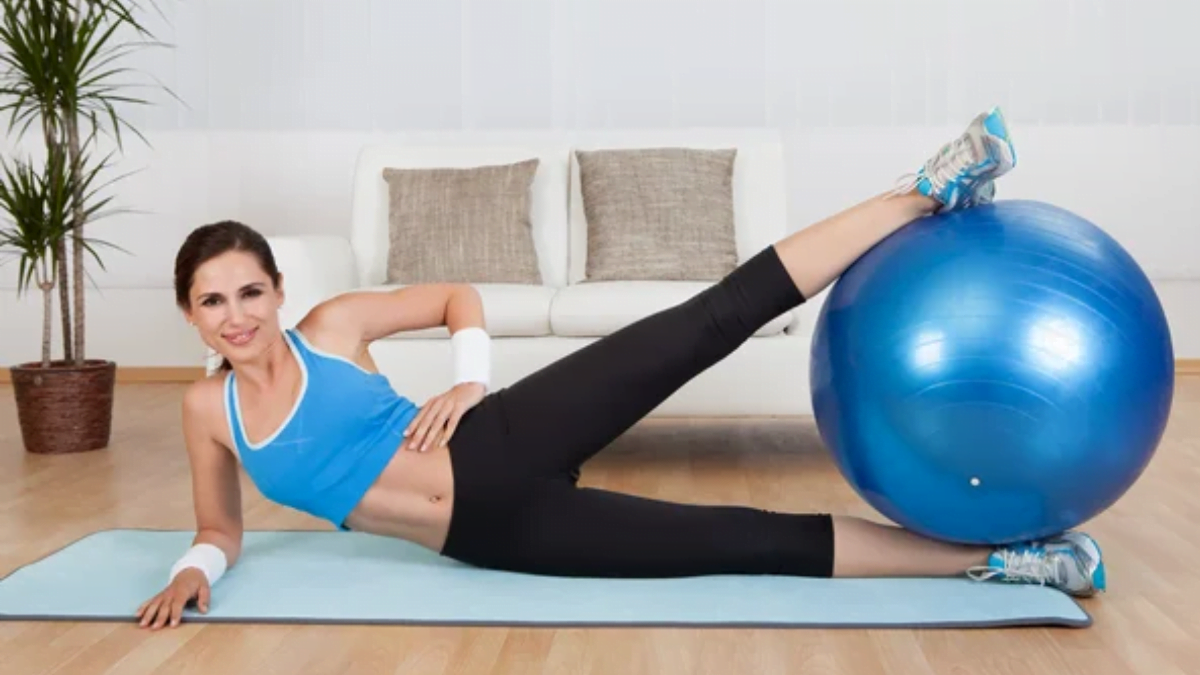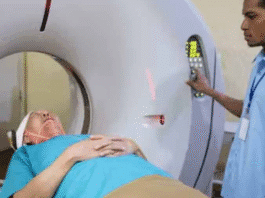Introduction
The pelvic floor is a complex network of muscles and tissues nestled within the organ, often underestimated in its significance. Positioned snugly between the tailbone and the pubic bone, these muscles undertake the monumental task of supporting crucial organs like the bowel, bladder, uterus, and in females, the vagina. Complementing this intricate setup are muscular bands, aptly termed sphincters, encircling vital passages such as the urethra, vagina, and anus as they traverse the abdomen.
Assessing Pelvic Floor Health

Understanding the state of your abdomen is paramount for overall well-being abdomen dysfunction, a condition marked by improper relaxation and coordination of these muscles, can manifest in various distressing symptoms. From the discomfort of constipation to the embarrassment of urine or stool leakage, the repercussions are diverse. Fortunately, avenues like biofeedback, pelvic floor physical therapy, and medications offer avenues for relief.
Grasping the nuances of abdomen health is crucial. Sneezing, laughing, or coughing without the unwanted accompaniment of urine leakage is a challenge commonly faced due to weakened abdomen muscles. However, integrating targeted exercises, known as pelvic floor muscle training, into your fitness regimen can herald relief from such discomforts.
Strengthening Your Pelvic Floor: A Step-by-Step Guide
Crafting an effective abdomen exercise regimen requires a nuanced approach tailored to individual needs. For those grappling with hypotonic abdomen muscles characterized by low tone, endeavors focus on bolstering muscle endurance and power. Conversely, individuals contending with hypertonic abdomen muscles, tight and overactive, seek solace in exercises fostering relaxation and elongation.
Exercises for Hypotonic Pelvic Floor Muscles
Quick flick Kegels: A rapid succession of abdomen muscle contractions serves to invigorate and fortify, staunching the flow of leaks. Heel slides: Delving deep into abdominal muscles, these slides coax abdomen contractions while fortifying core stability. Marches (or toe taps): Elevating core stability, marches contribute to paunch fortification and contraction.
Exercises for Hypertonic Pelvic Floor Muscles
Happy Baby Pose An embrace of relaxation, this pose serves to ease and liberate tense abdomen muscles. Diaphragmatic breathing: Fostering harmony between the diaphragm and pelvic floor, this exercise is a sanctuary of relaxation and stress alleviation.
Additional Exercises for Pelvic Floor Health
Embracing lunges and squats in your routine not only hones lower body strength but also bolsters pelvic floor engagement, amplifying its resilience.
Benefits of Pelvic Floor Strengthening
The dividends of a robust pelvic floor are manifold, extending support to bladder, bowel, and uterine function. Bid adieu to urinary leakage, incontinence, paunch pressure, and lower back pain with enhanced abdomen functionality. Moreover, bask in the delight of improved sexual function and satisfaction.
Finding and Engaging Your Pelvic Floor Muscles
Mastering the art of abdomen muscle activation is pivotal. Whether halting urine mid-flow, reclining on your back, or envisioning the urge to release gas, these simple techniques pave the path to gut prowess.
Seeking Professional Guidance
While abdomen exercises offer solace to many, the guidance of a healthcare professional or pelvic floor therapist may be indispensable in certain scenarios. Signs like urine or stool leakage, paunch discomfort, or the ominous presence of a vaginal or anal bulge warrant professional intervention.
Frequently Asked Questions
Are pelvic floor exercises the same as Kegels?
Though akin, abdomen exercises and Kegels dance to slightly different tunes. While Kegels serenade the pubococcygeus (PC) muscles, champions of bladder and bowel control, paunch exercises encompass a broader spectrum of maneuvers.
Who should try Kegels?
Kegels extend their embrace to a diverse audience, beckoning women grappling with post-childbirth urinary leaks, men navigating post-prostate surgery incontinence, individuals wrestling with pelvic organ prolapse, seekers of enhanced sexual delight, and guardians of gut well-being.
What can you do to strengthen your pelvic floor fast?
While rapid transformations are rare, consistent commitment to exercises like Kegels lays the groundwork for enduring pelvic floor fortitude. Amplify your efforts by ensuring proper technique, maintaining steadfast consistency, and gradually escalating the intensity of your regimen.
How long does it take to strengthen your pelvic floor?
The journey to abdomen prowess is unique to each traveler, influenced by factors like current muscle strength and diligence in exercise. While some revelers may revel in rapid progress, others traverse a more leisurely path. Patience, dear voyager, is the elixir that sustains this odyssey.
What does the pelvic floor do?

Beyond its humble abode at the base of the pelvis, the pelvic floor orchestrates a symphony of essential functions. From cradling pelvic organs to orchestrating bowel and bladder control, from kindling the flames of sexual pleasure to anchoring spinal stability, its significance knows no bounds.
Conclusion
In the labyrinth of wellness, the path to abdomen health stands illuminated. By weaving gut exercises into the fabric of daily life and seeking professional guidance when needed, one embarks on a journey of empowerment and vitality. Remember, the journey may be long, but each step forward is a testament to your commitment to well-being.
Discover more from currentnewschannel.com
Subscribe to get the latest posts sent to your email.













